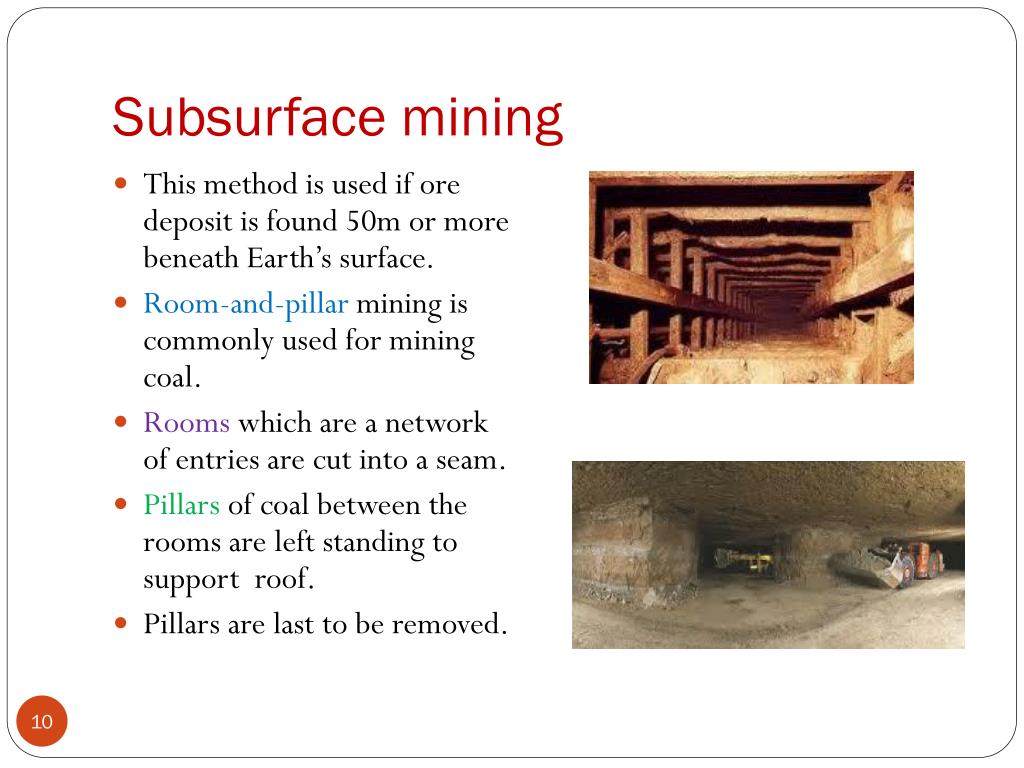
This historical event highlights the difference between two techniques of mining which are used even today – surface and subsurface mining. As mining progressed, the ore deposits began running out, making it necessary to seek them deeper inside the ground. The first gold seekers were lucky enough to stumble upon ores, or impure forms of gold, that were directly accessible from the Earth’s surface. The difference between these techniques is easy to understand.

Finally, in the decades that followed, gold became even rarer, and as such prospective miners turned their attention to extracting it directly from rocks in which it occurred. Later, as the metal became harder to find, miners began scooping up gravel found in rivers and streams in metal pans to filter out any gold. All that the miners had to do was pick up any gold flakes or nuggets they found on the ground. This event, aptly named the California Gold Rush, started out pretty simple.

Throughout the 1850s, hundreds of thousands of migrants made a beeline to California in the anticipation of finding gold and making a fortune. If the canary died, it was a sign that toxic gases were present inside, and the mine need to be evacuated. In the past, coal miners carried a caged canary (bird) while working in underground tunnels.


 0 kommentar(er)
0 kommentar(er)
